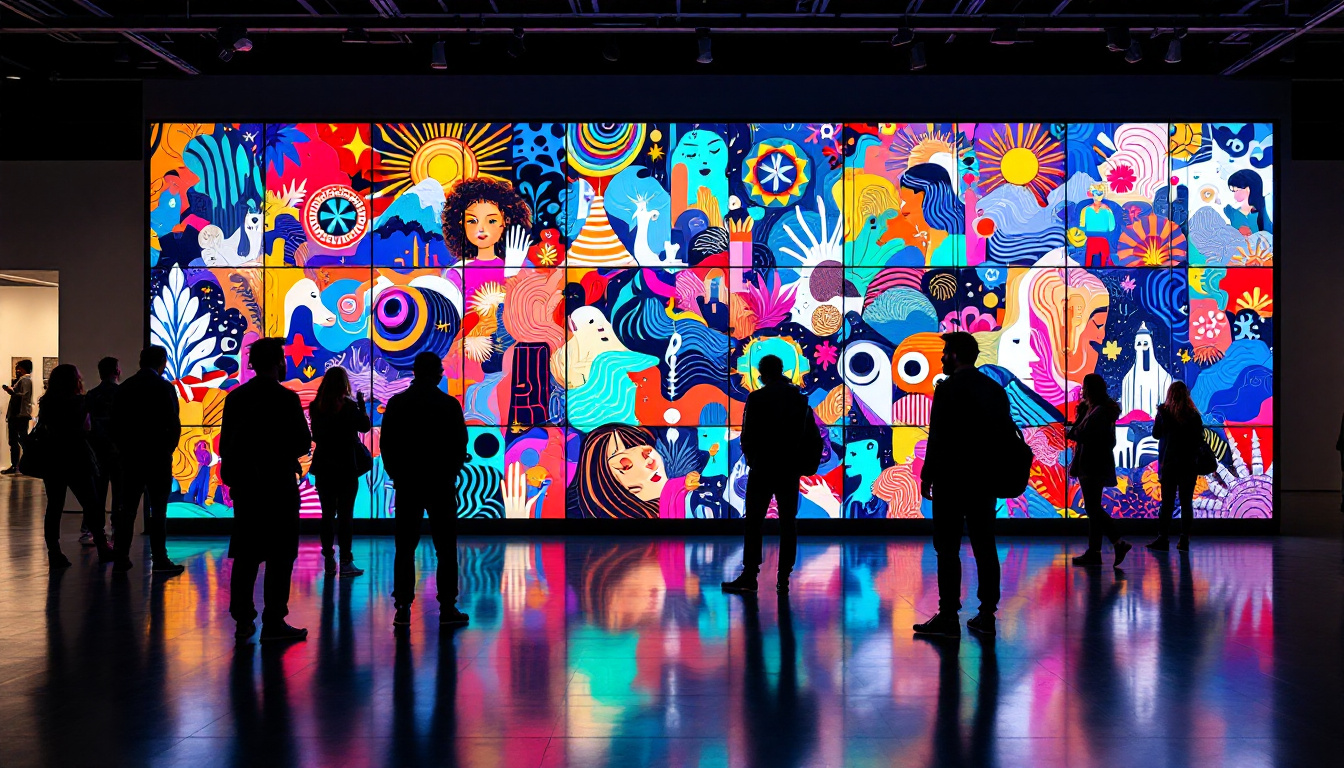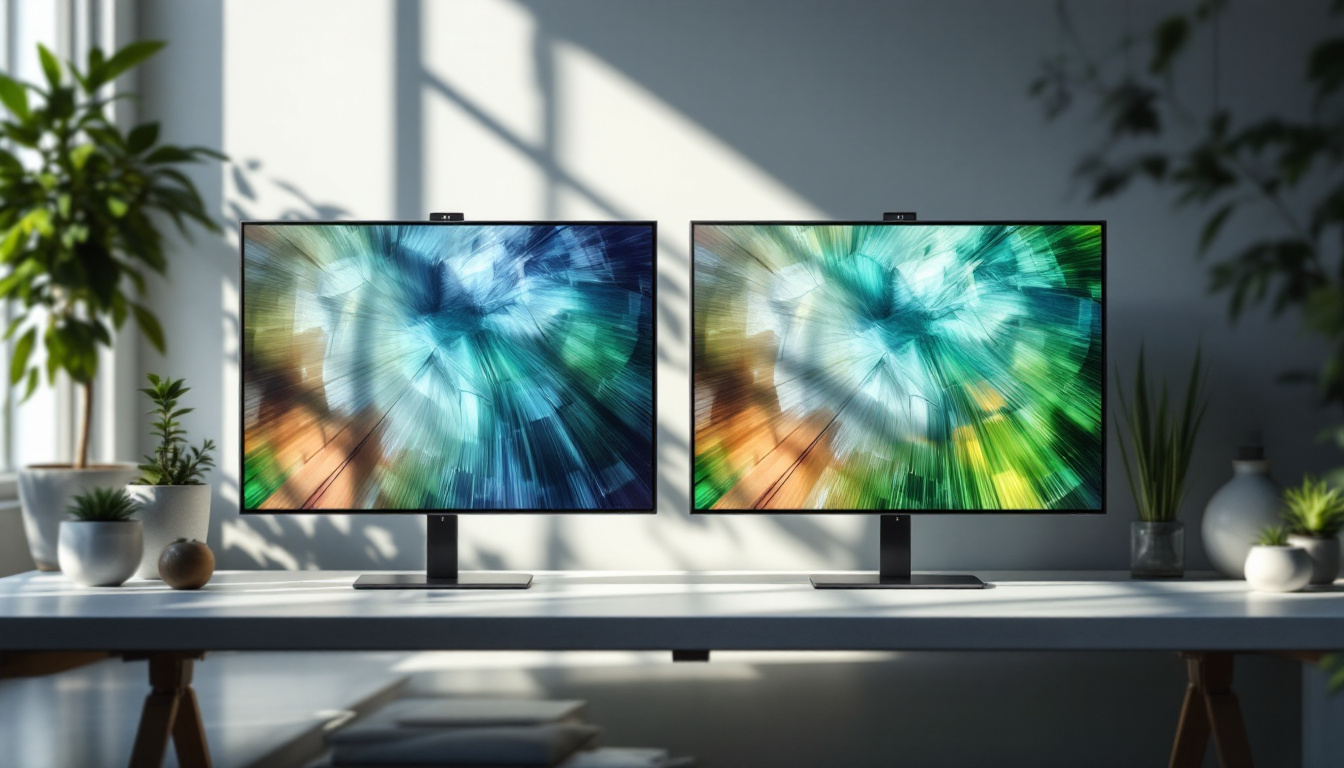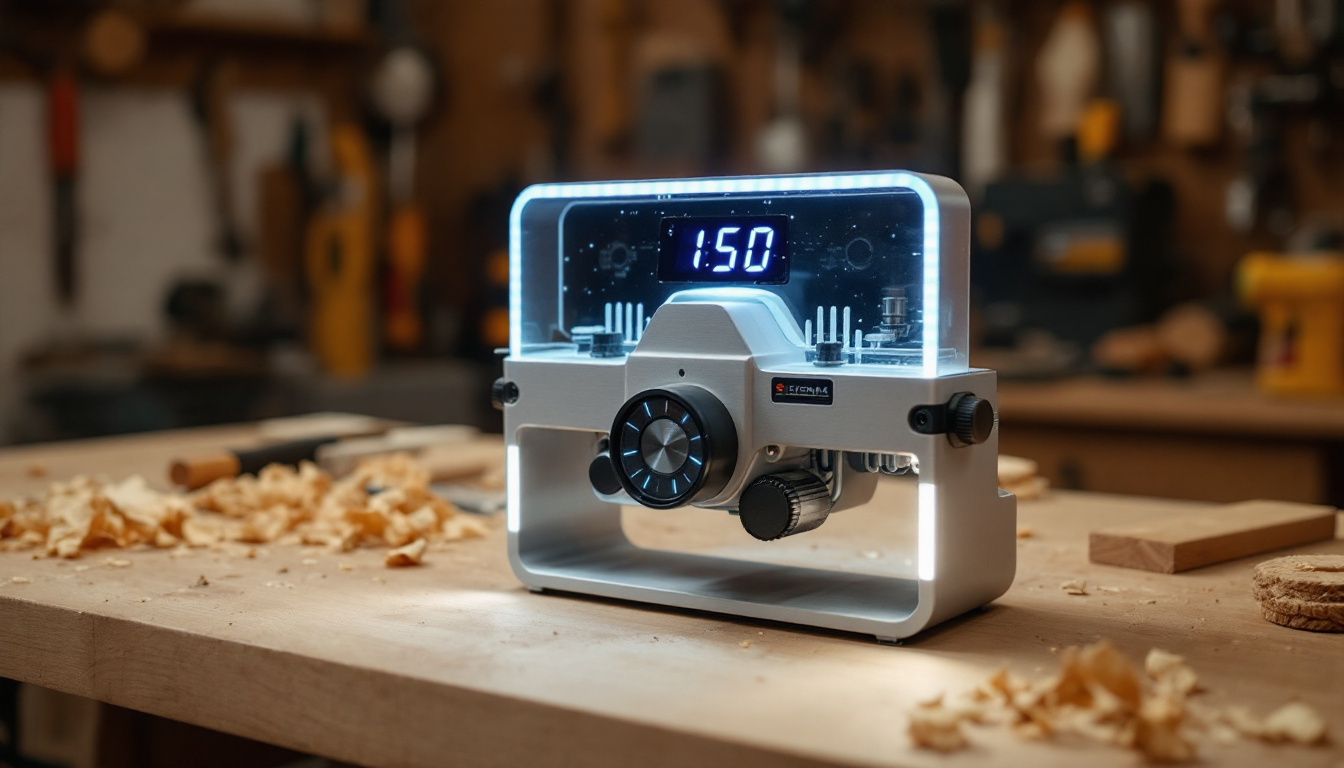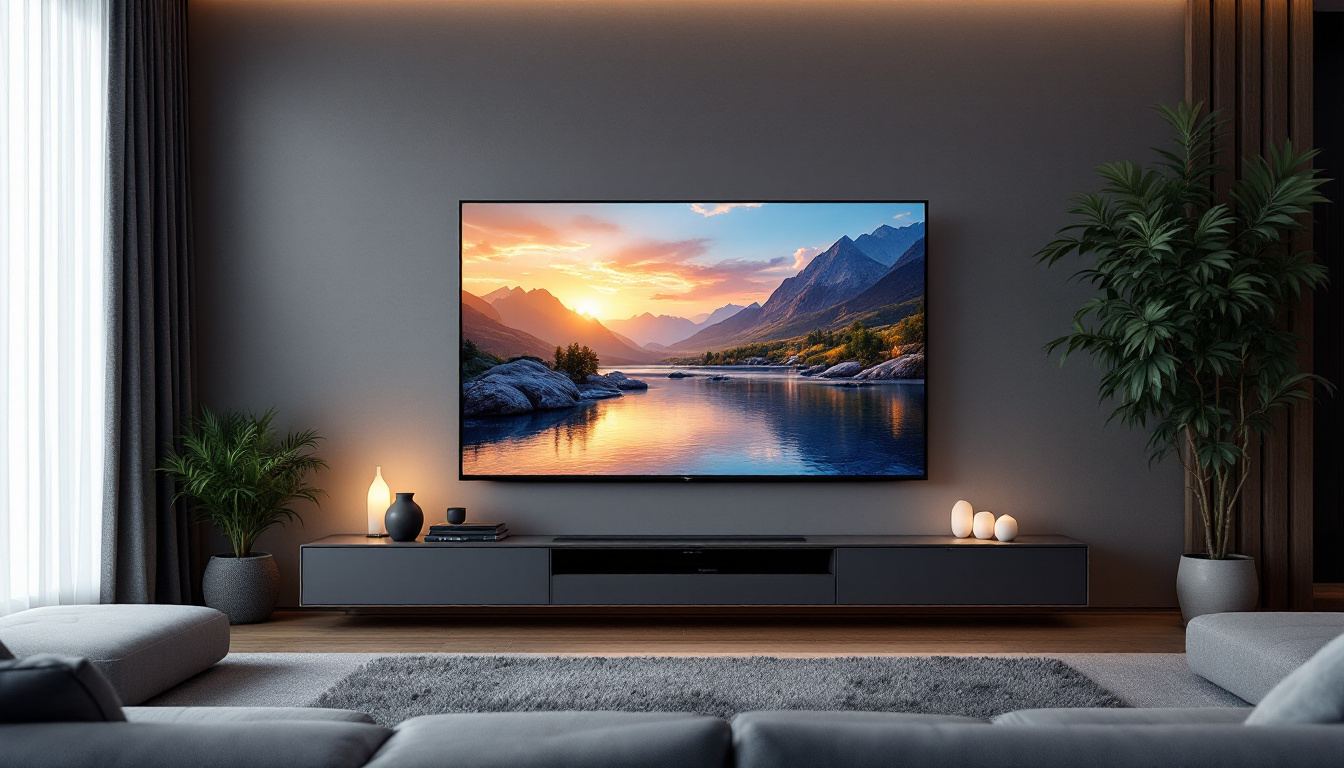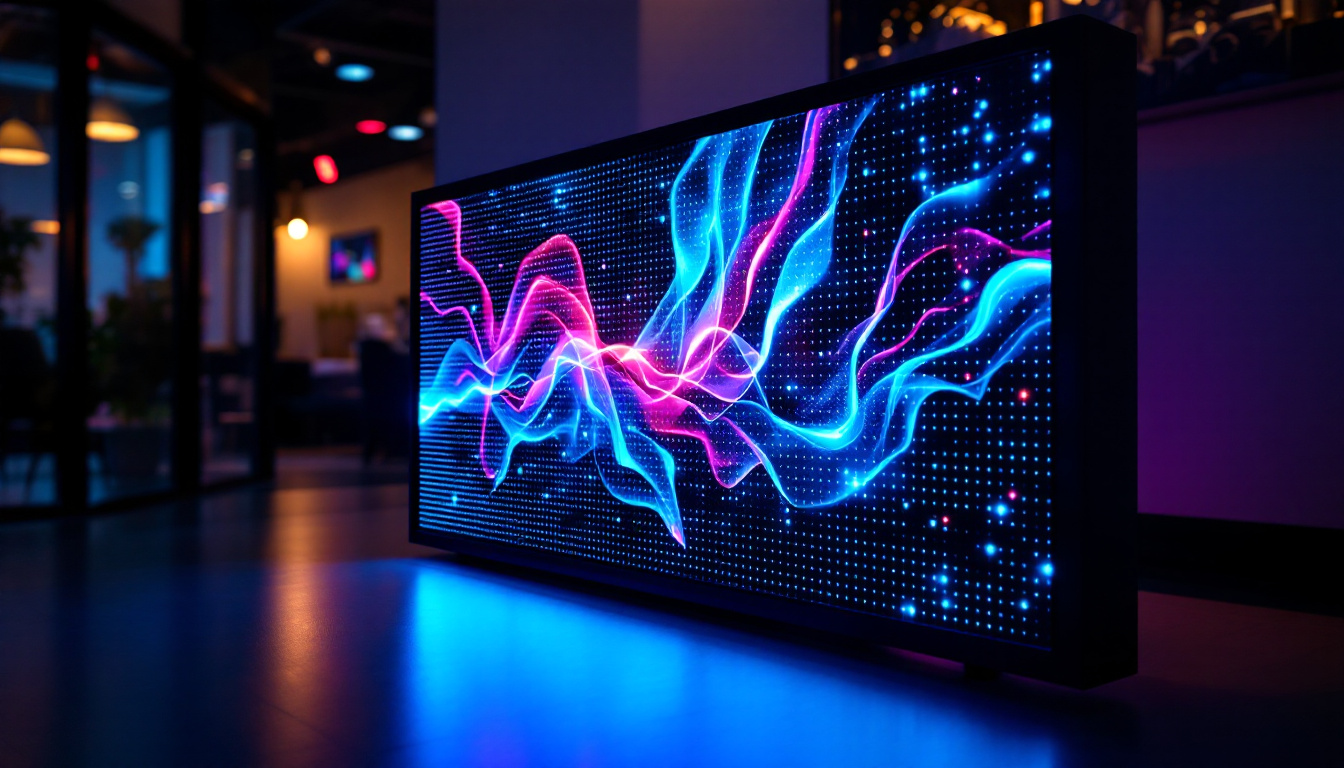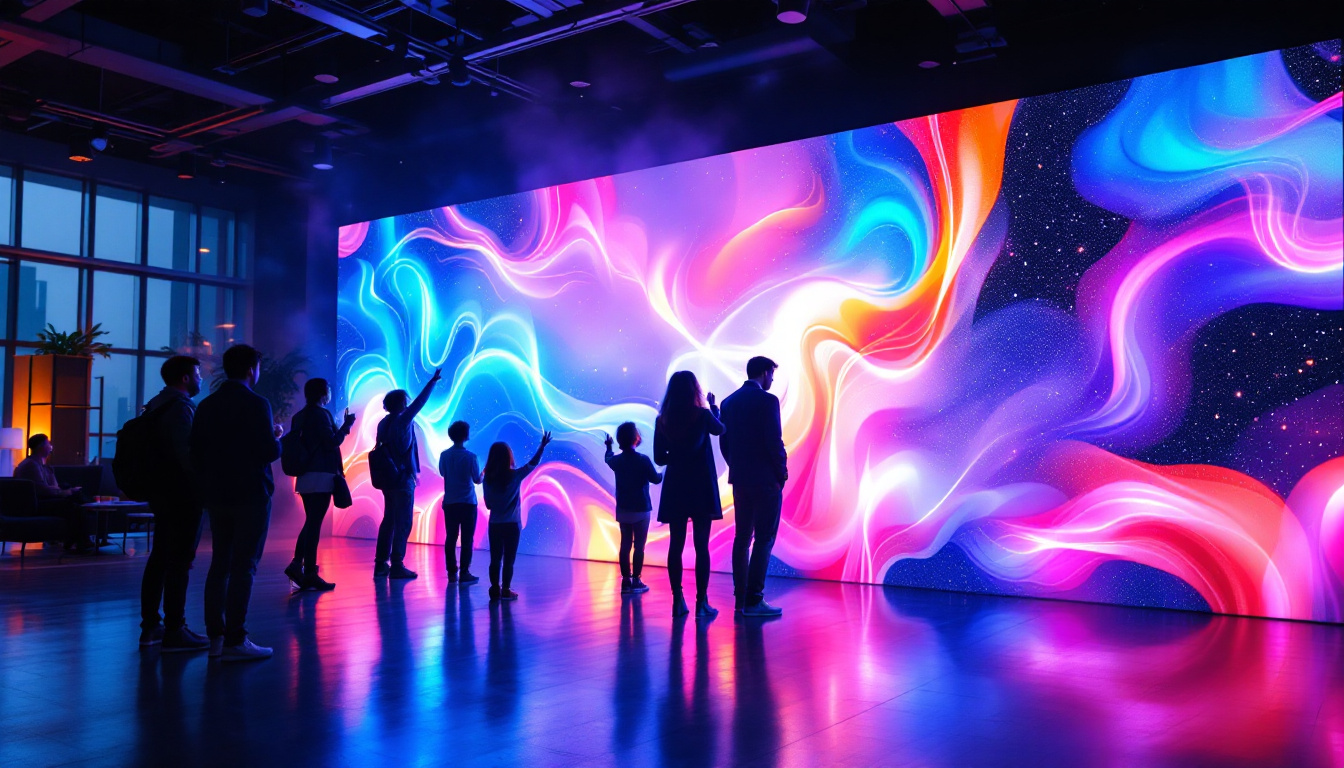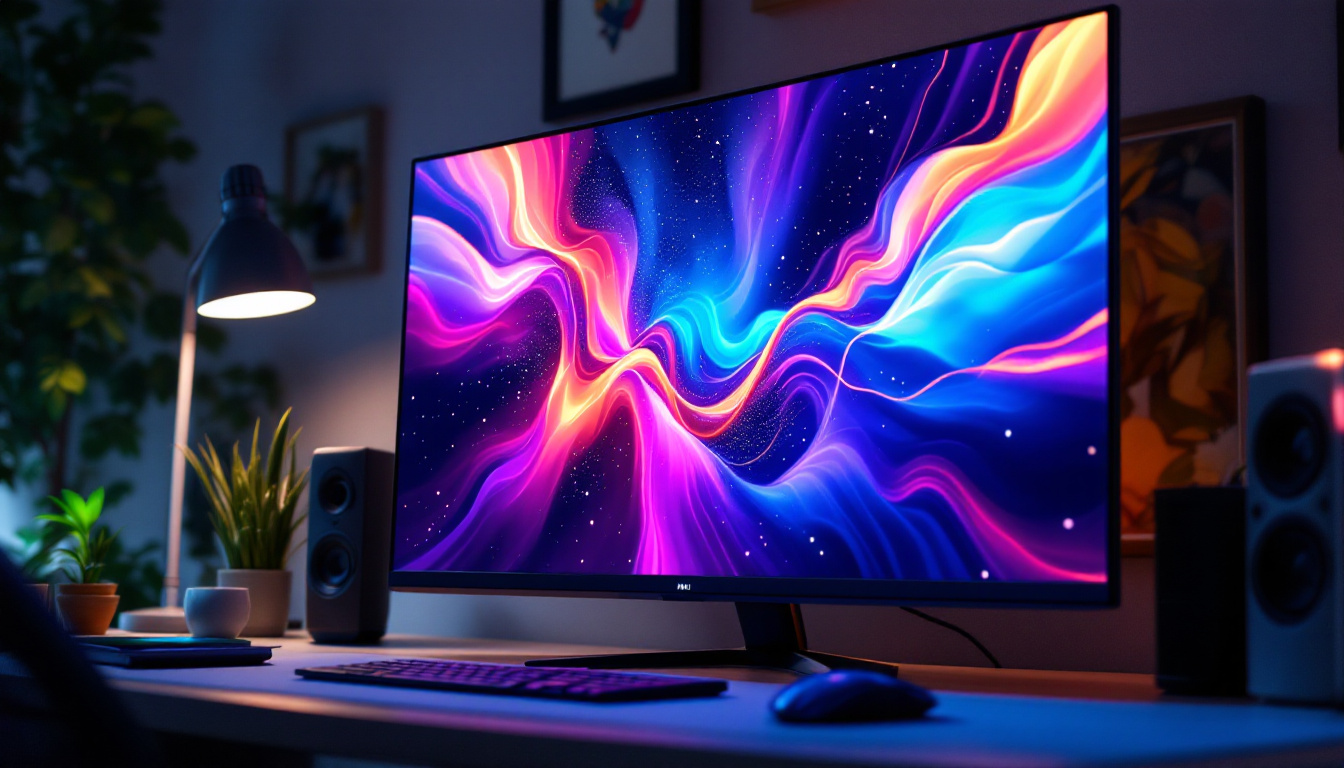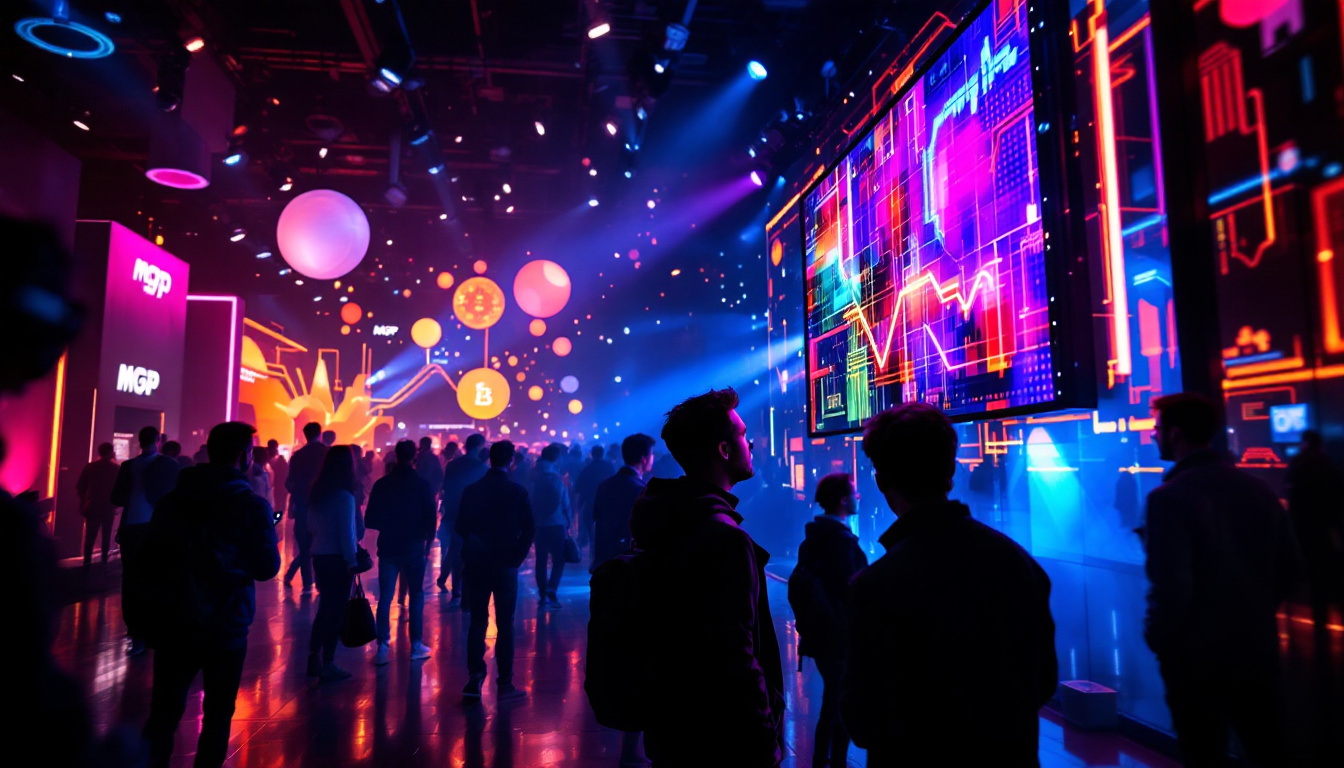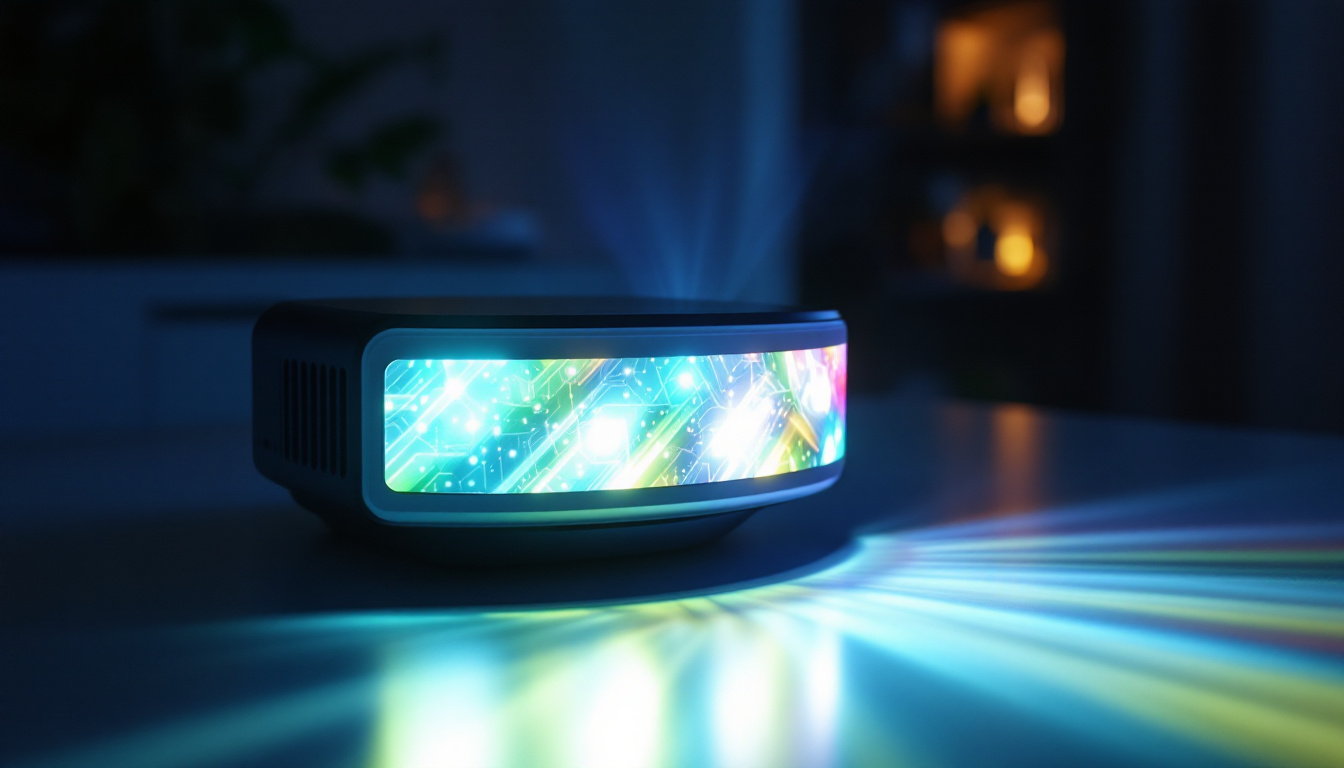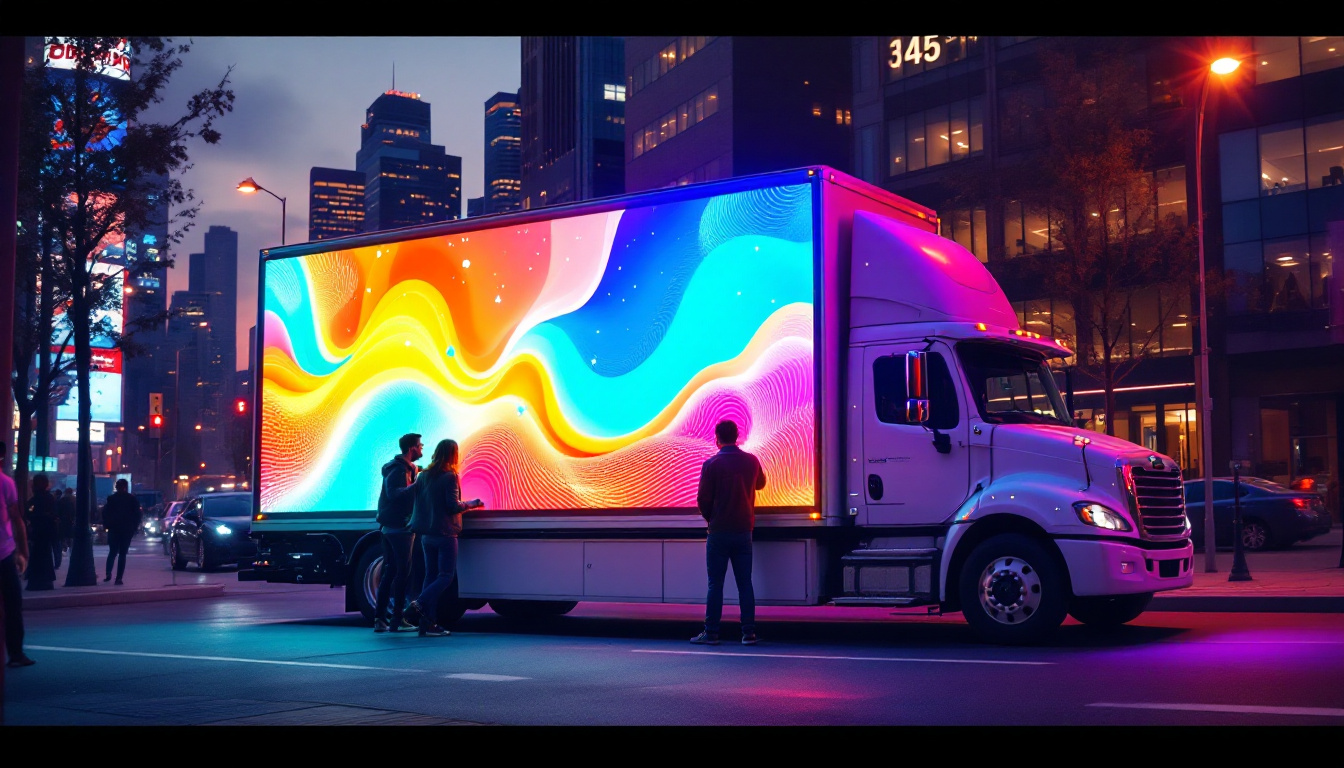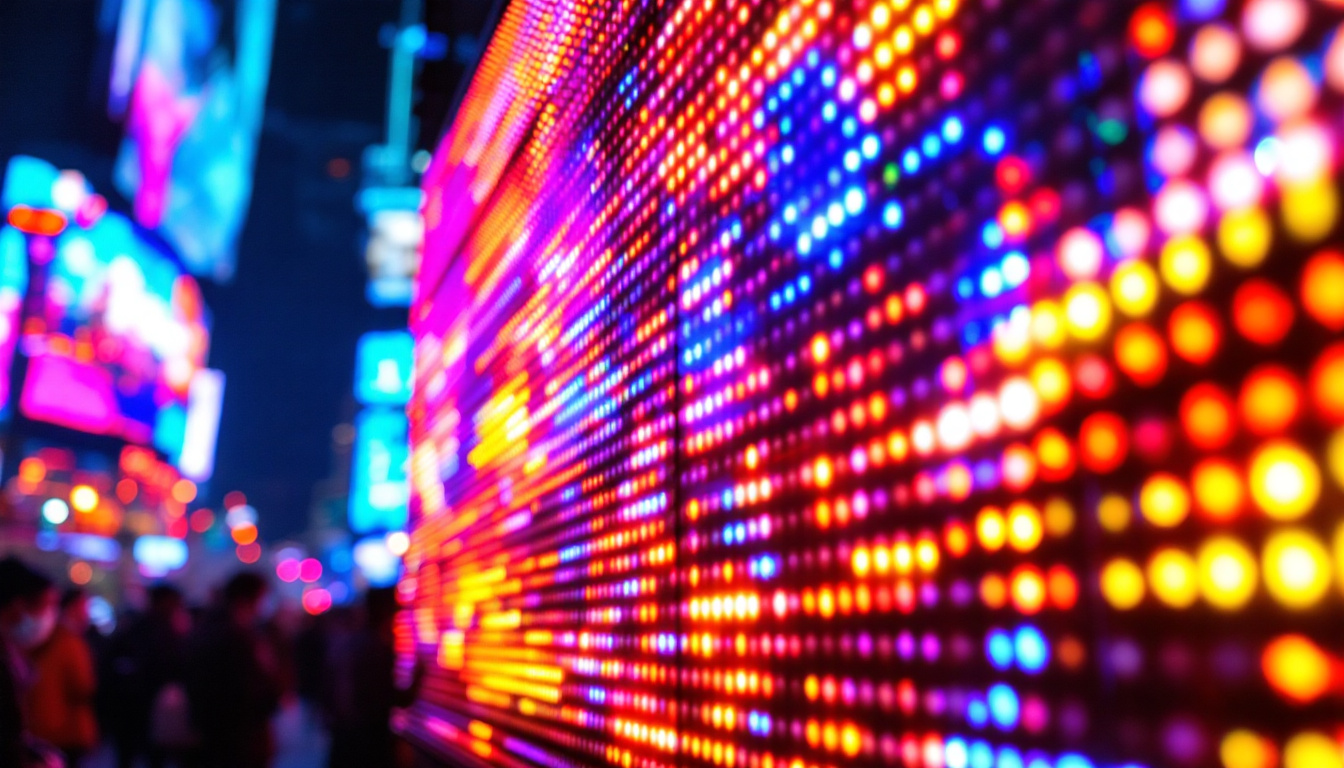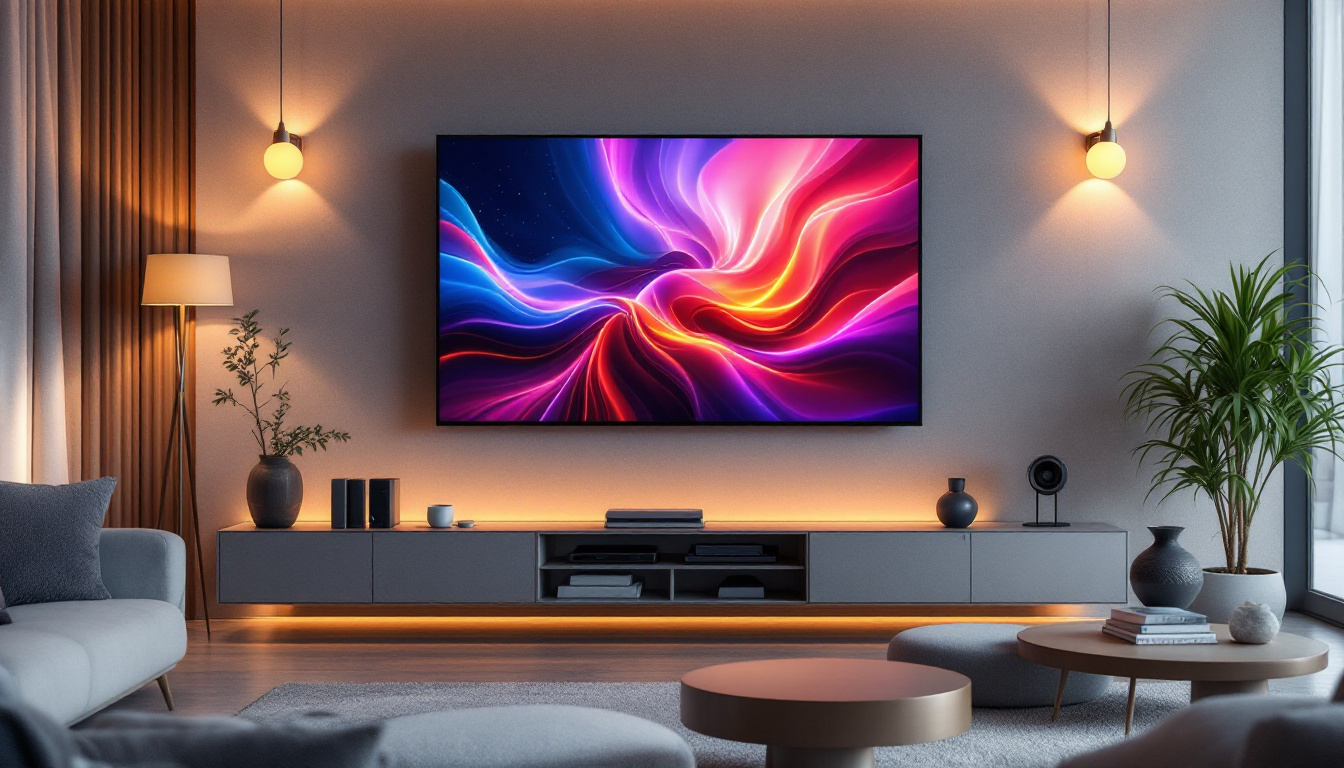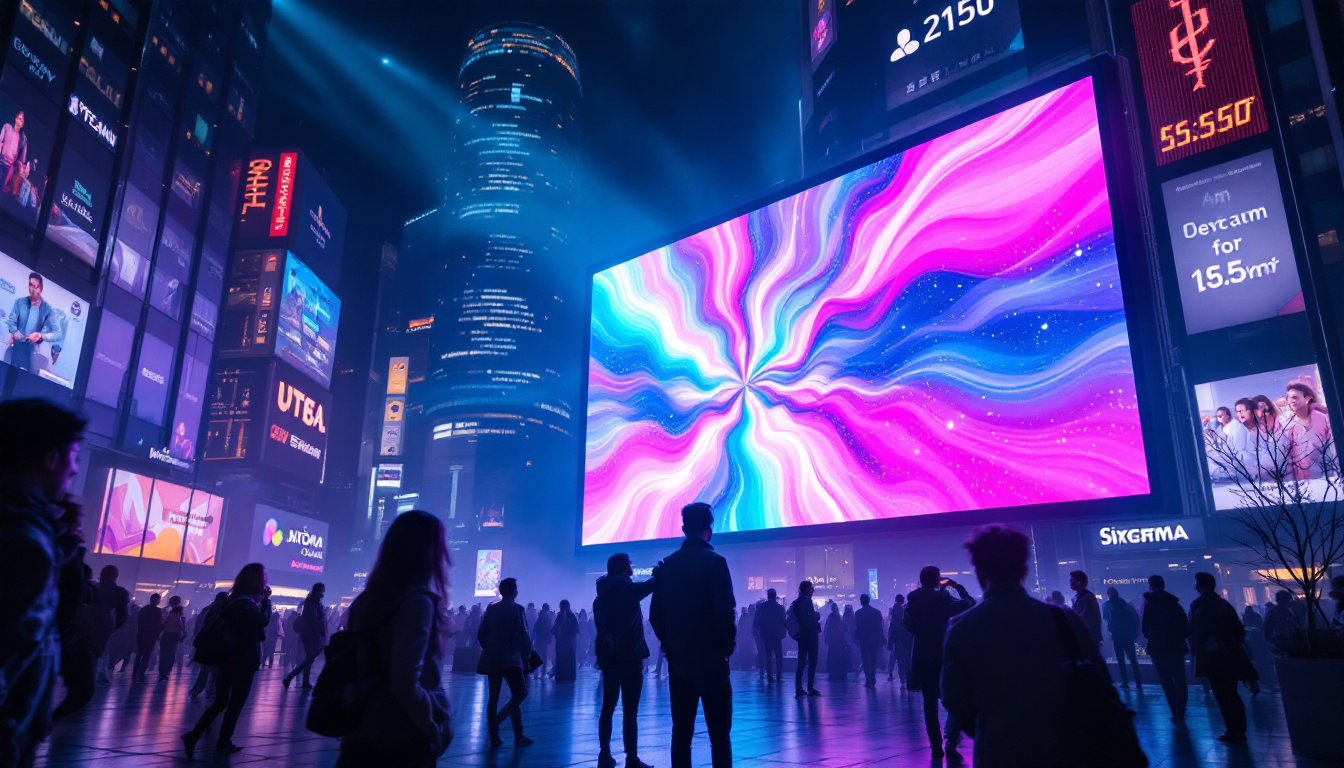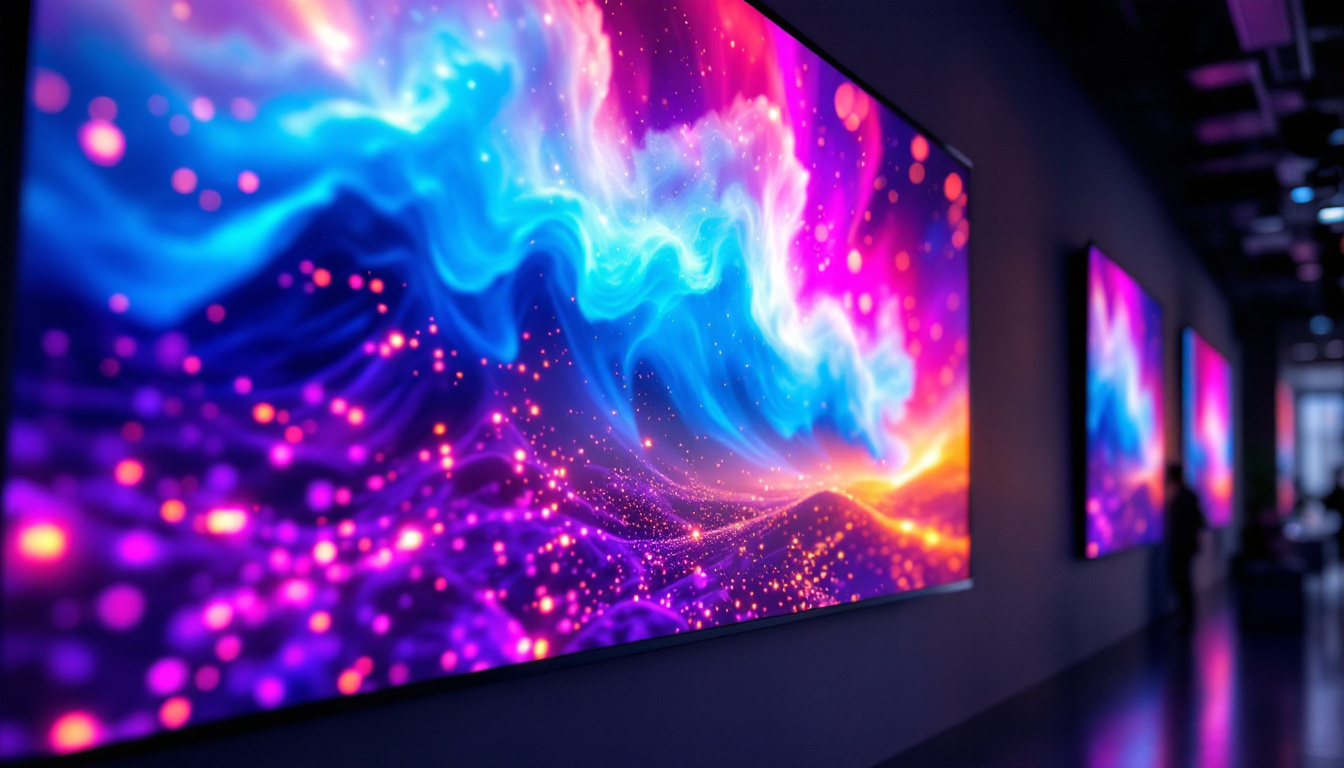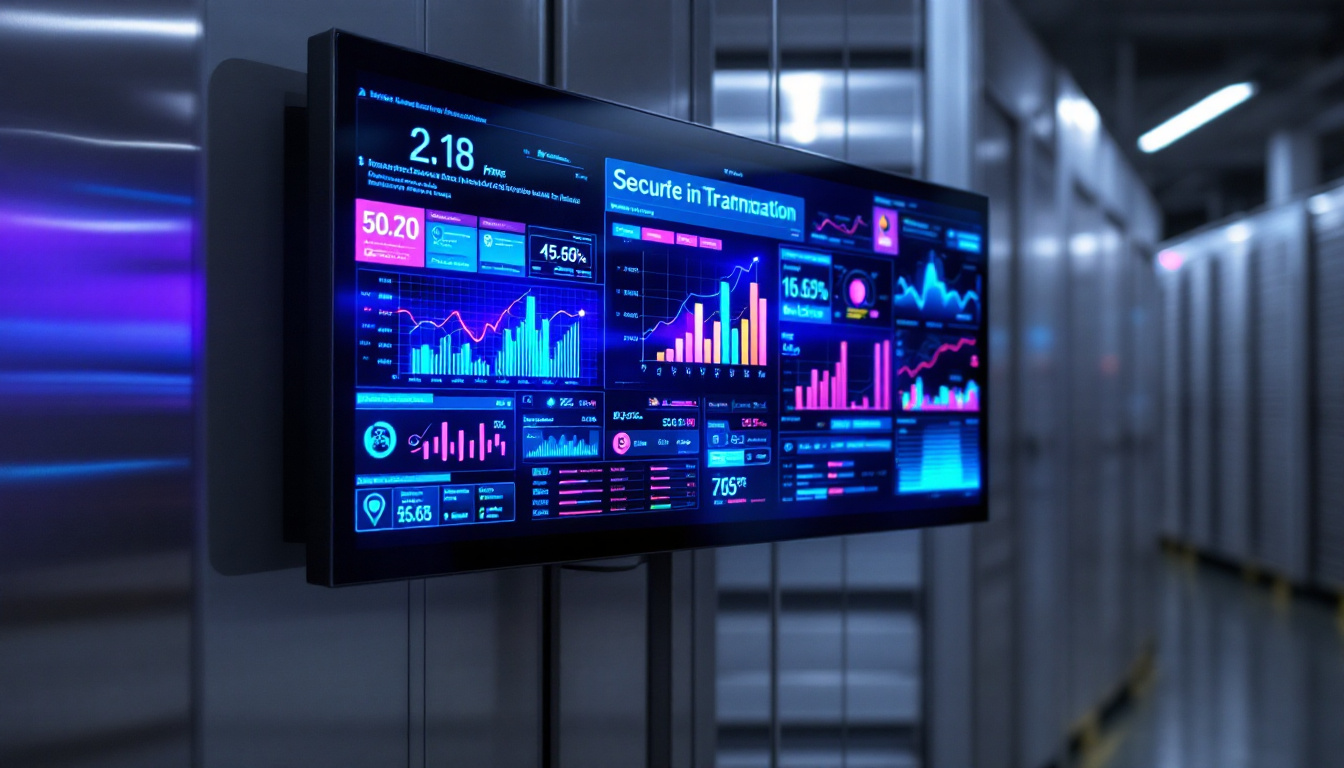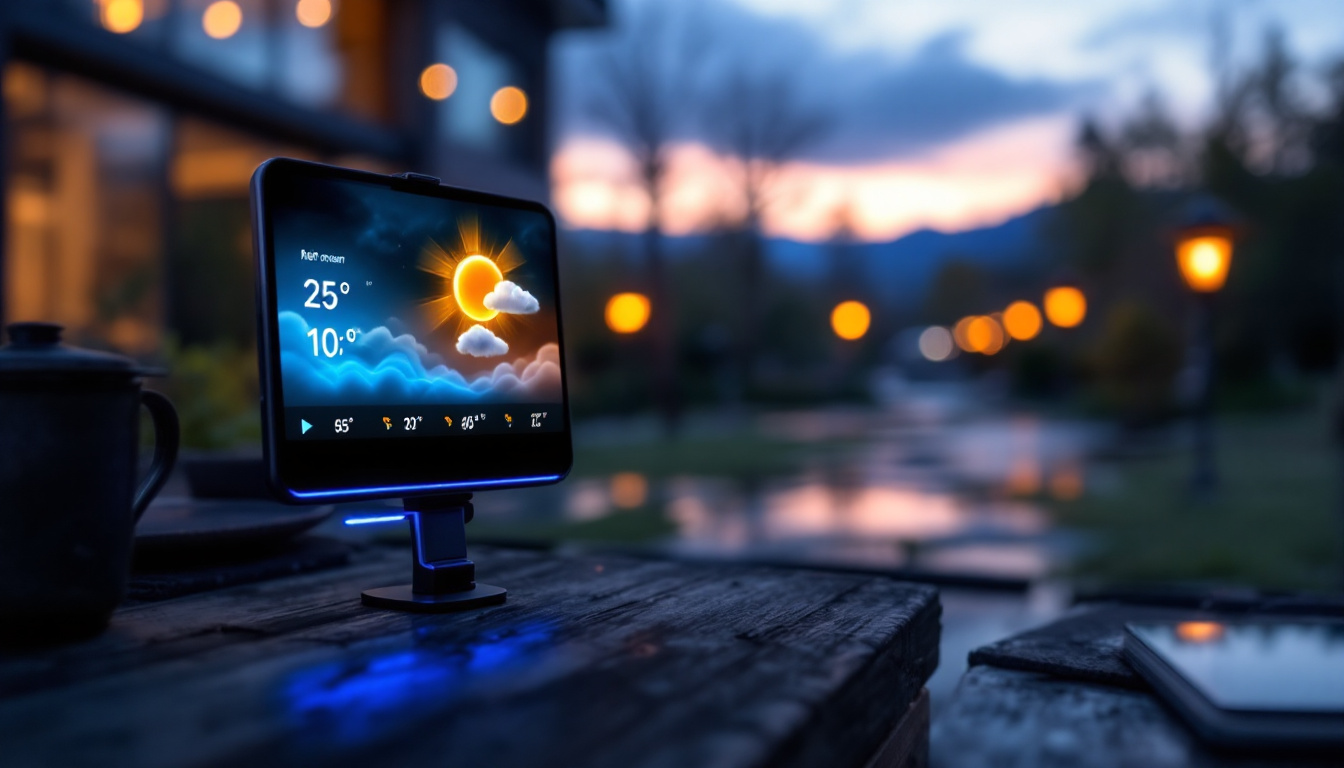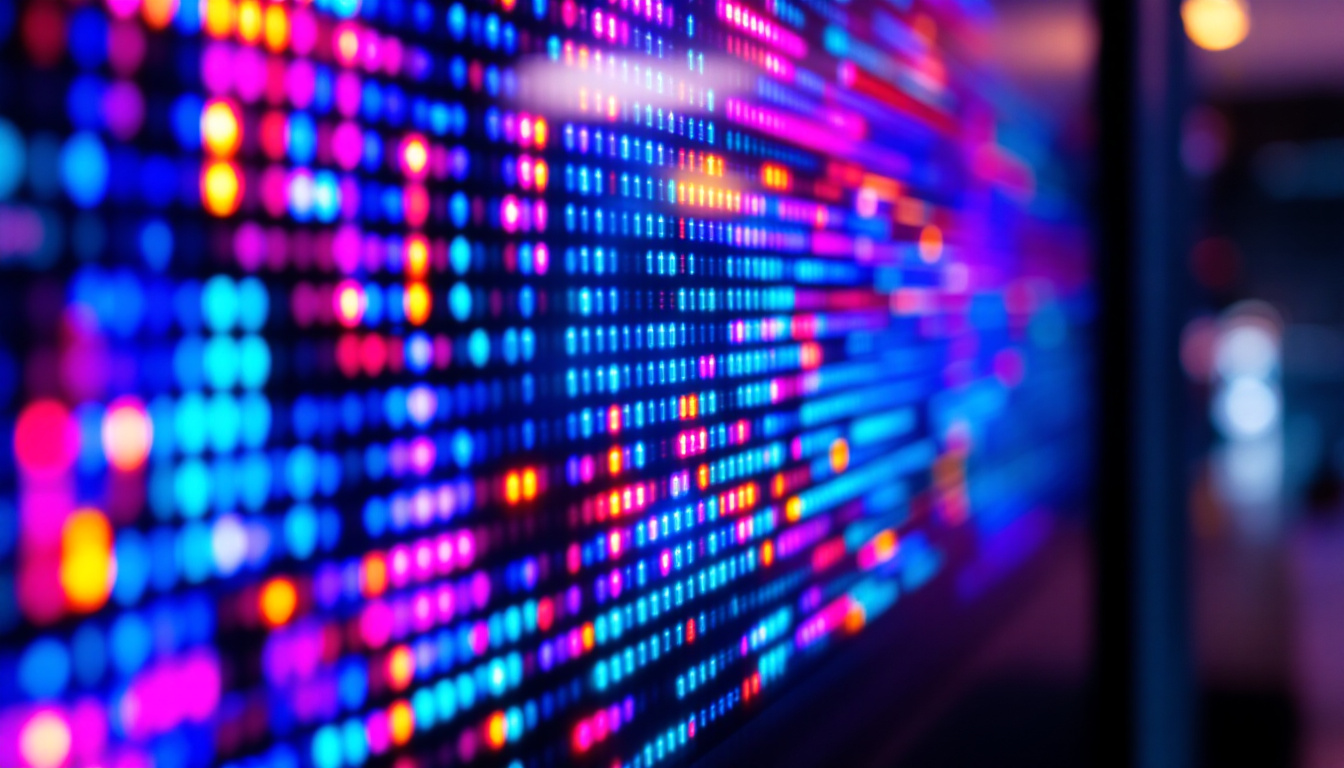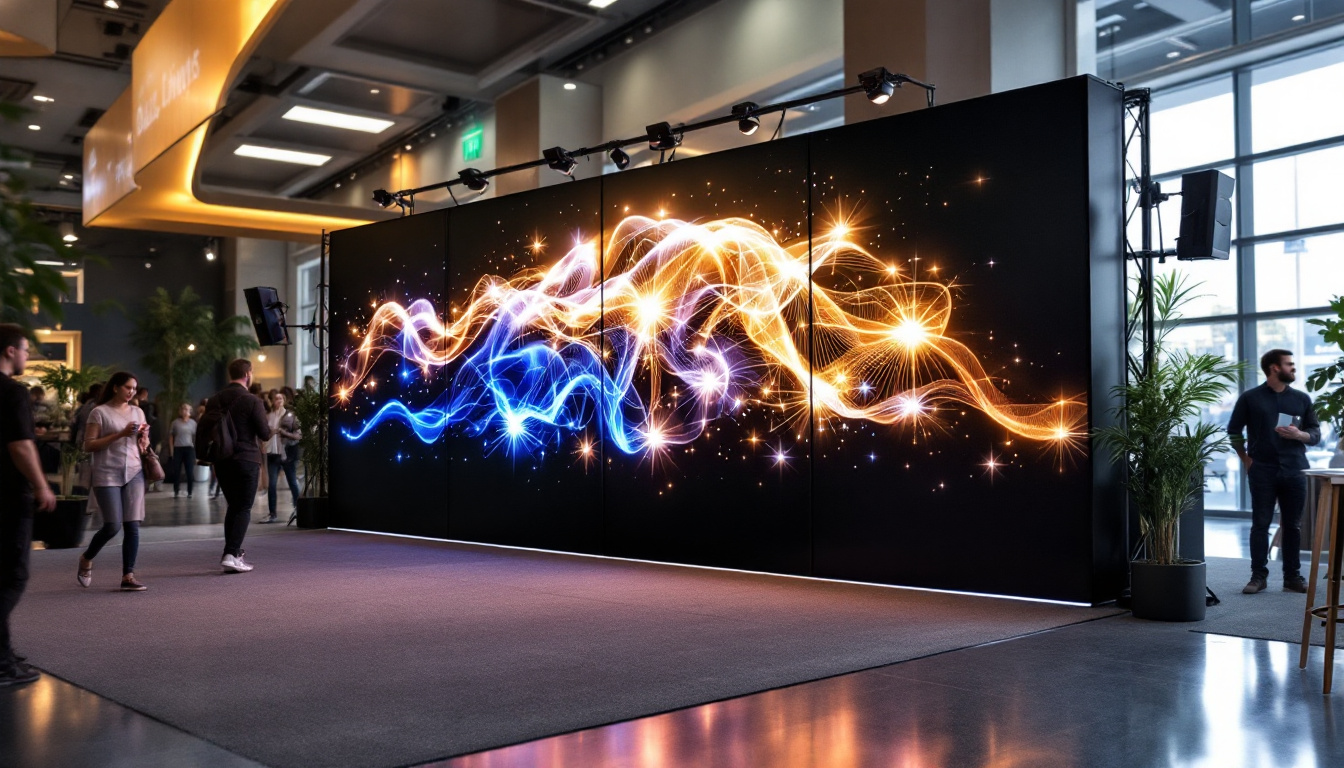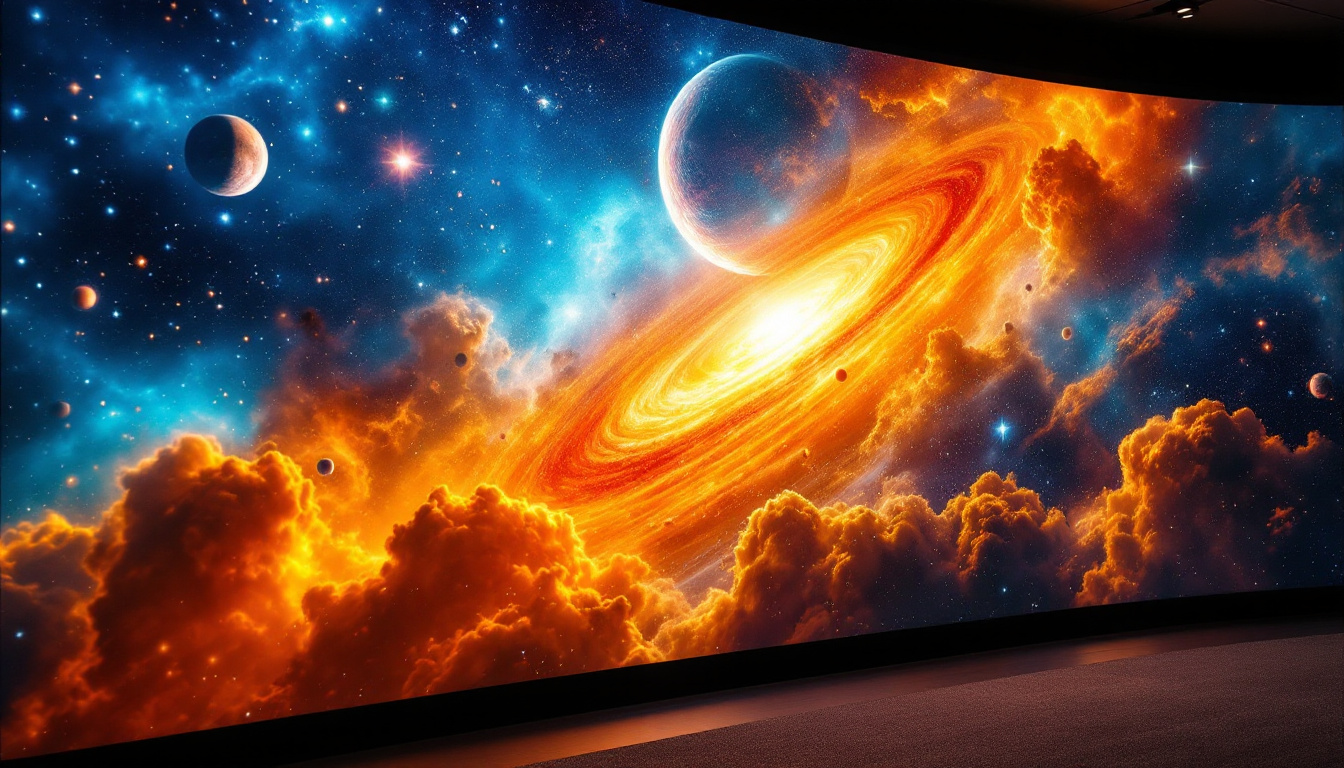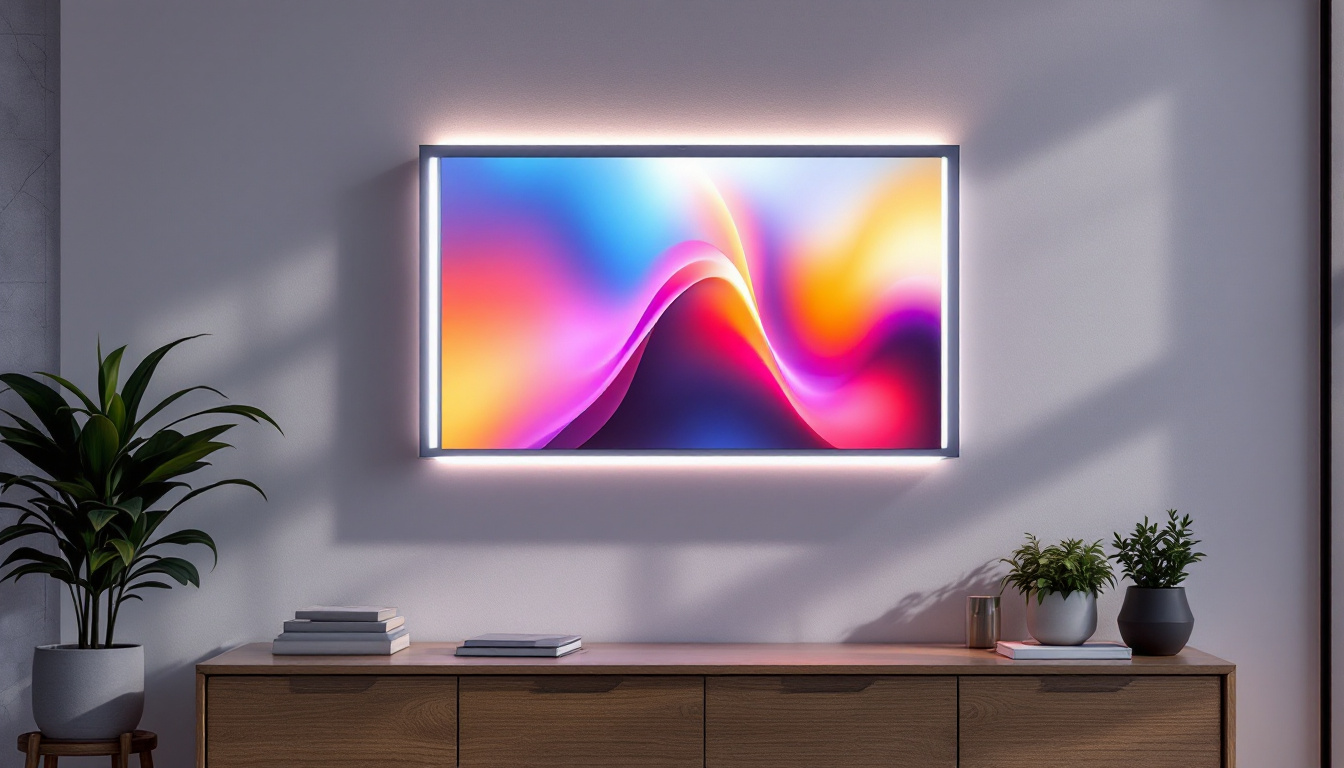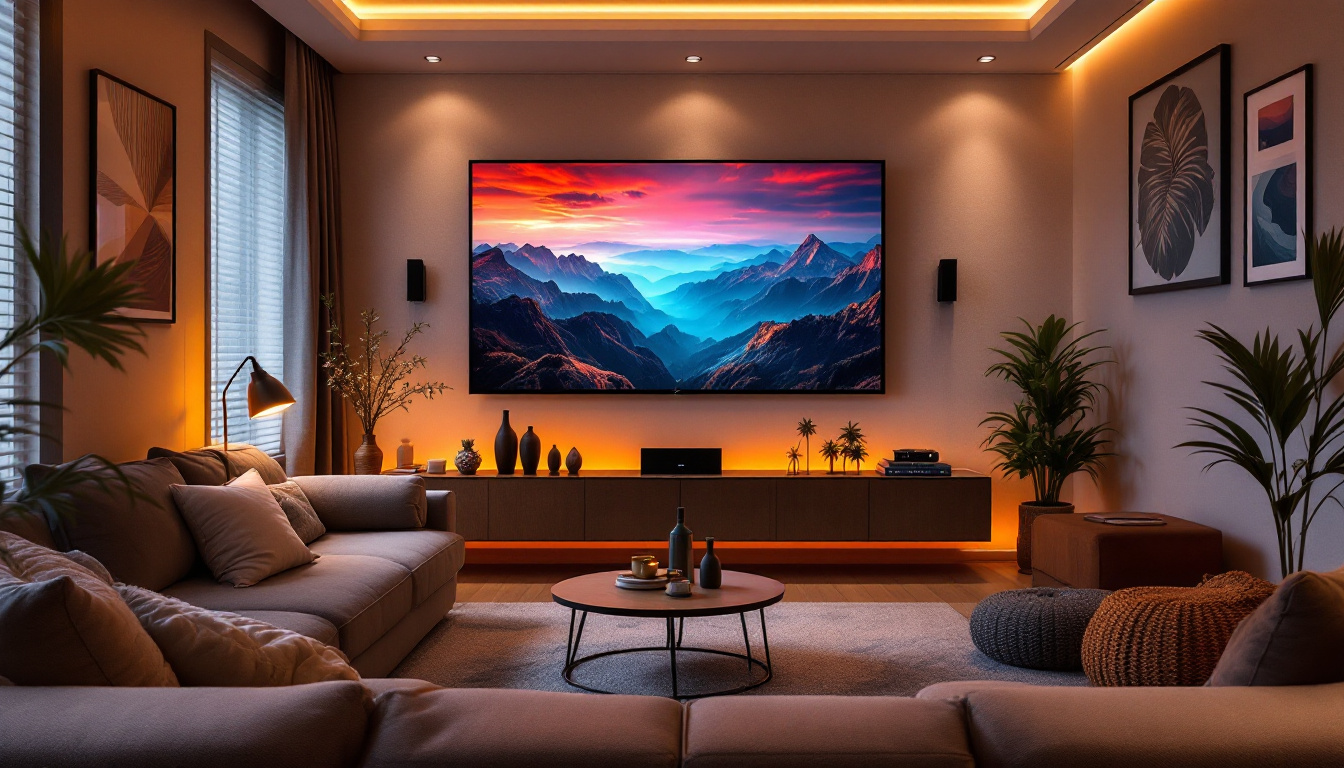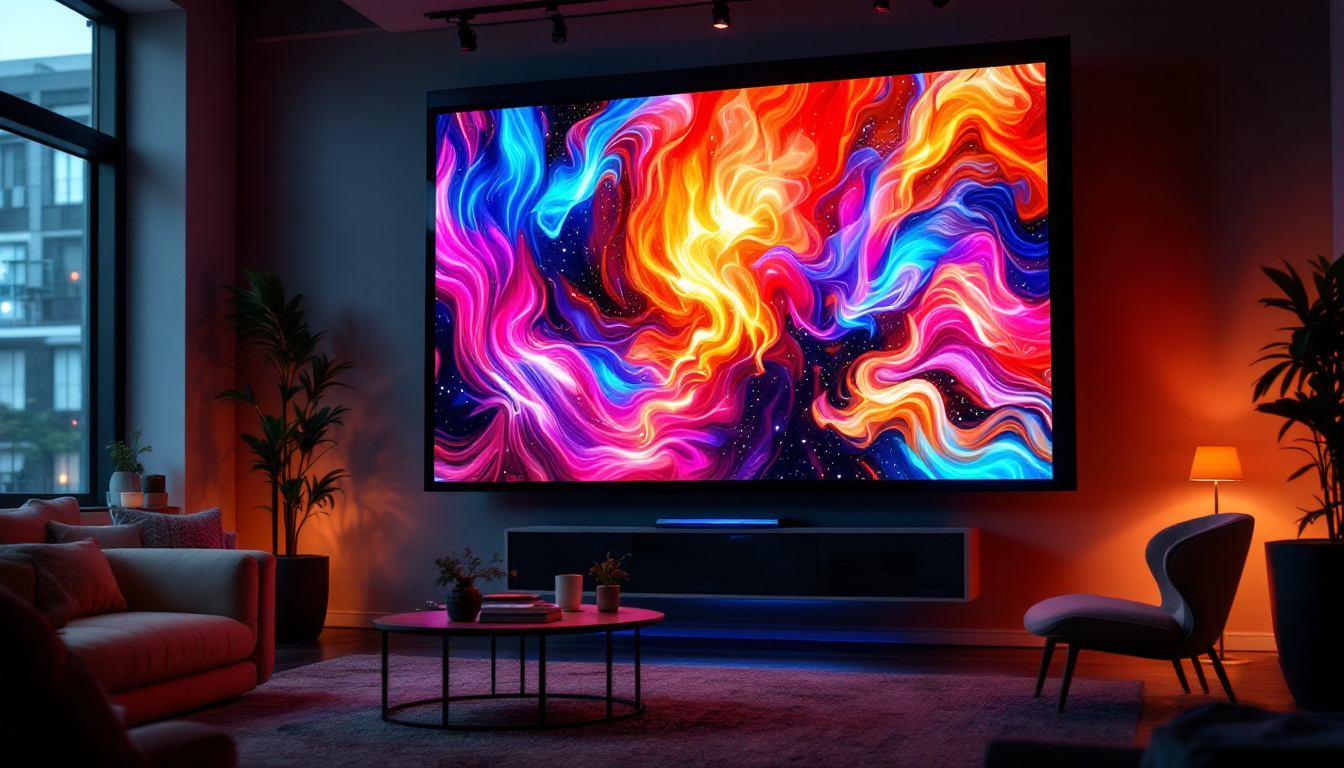In the realm of modern art presentation, LED display panels have emerged as a transformative technology. These panels not only enhance the visual appeal of artworks but also provide a dynamic platform for artists and galleries to showcase their creations. This article delves into the intricacies of LED display panels, exploring their features, benefits, and the various options available for sale.
Understanding LED Display Technology
LED (Light Emitting Diode) technology has revolutionized the way visual content is displayed. Unlike traditional display methods, LED panels offer superior brightness, contrast, and color accuracy. This technology is particularly advantageous in settings where ambient light can affect visibility, such as galleries, exhibitions, and outdoor events. The energy efficiency of LED displays also contributes to their growing popularity, as they consume significantly less power compared to older technologies like LCD and plasma screens, making them a more sustainable choice for both businesses and consumers.
How LED Displays Work
At the core of LED display technology is the arrangement of tiny light-emitting diodes that create images by illuminating in various colors. These panels can be configured in different resolutions, which determines the clarity and detail of the displayed content. Higher resolutions are ideal for close-up viewing, while lower resolutions can be suitable for larger displays viewed from a distance. The technology behind LED displays allows for rapid refresh rates, which means that they can display fast-moving images and videos without blurring, making them ideal for dynamic content such as sports broadcasts and live performances.
The modular nature of LED panels allows for flexible configurations, enabling artists to create customized displays that fit their specific needs. Whether it’s a single large panel or a series of smaller ones, the possibilities are virtually limitless. This adaptability has led to innovative uses in various fields, including advertising, where brands can create eye-catching installations that engage consumers in unique ways. Additionally, the lightweight design of LED panels makes them easier to install and transport, further enhancing their appeal for temporary setups at events and exhibitions.
Types of LED Displays
LED displays come in various types, each designed for specific applications. The most common types include:
- Indoor LED Displays: These are designed for use in enclosed spaces, offering high resolution and vibrant colors. They are ideal for galleries and museums where detail is paramount. Indoor displays often feature advanced technologies such as HDR (High Dynamic Range) to enhance the viewing experience by providing deeper blacks and brighter whites.
- Outdoor LED Displays: Built to withstand the elements, outdoor panels are brighter and more durable. They are perfect for events, festivals, and advertising in public spaces. Many outdoor displays are equipped with weatherproof casings and anti-glare technology, ensuring optimal visibility even in direct sunlight or adverse weather conditions.
- Transparent LED Displays: These innovative panels allow for visibility through the display, making them suitable for storefronts and exhibitions where maintaining a view of the surroundings is essential. This type of display can create stunning visual effects, blending digital content with the physical environment, and is increasingly being used in retail settings to attract customers while showcasing products.
The Benefits of Using LED Display Panels
LED display panels offer a multitude of advantages that make them an appealing choice for artists and galleries alike. From enhanced visibility to versatility, these displays can significantly elevate the presentation of art.
Enhanced Visual Experience
One of the most significant benefits of LED displays is their ability to provide an enhanced visual experience. The brightness and color vibrancy of LED panels ensure that artworks are presented in their best light. This is particularly important for pieces that rely on intricate details and color gradients, as LED technology can reproduce these elements with remarkable accuracy.
Moreover, the dynamic nature of LED displays allows for the incorporation of video content and animations, adding another layer of engagement for viewers. This capability opens up new avenues for artists to express their creativity and connect with their audience. For instance, an artist can showcase a time-lapse video of their creative process alongside static images of their finished pieces, offering viewers a unique insight into their artistic journey. This interactive experience not only captivates the audience but also fosters a deeper appreciation for the art itself.
Energy Efficiency and Longevity
LED technology is known for its energy efficiency compared to traditional display methods. LED panels consume significantly less power, making them a cost-effective choice in the long run. Additionally, they have a longer lifespan, often lasting tens of thousands of hours before needing replacement. This durability not only reduces maintenance costs but also minimizes environmental impact.
In fact, the energy savings associated with LED displays can be substantial, especially for galleries that operate on a larger scale. By reducing electricity consumption, galleries can allocate more of their budget towards other important aspects, such as artist commissions or community outreach programs. Furthermore, the reduced heat output of LED panels means that they can be used in spaces without the need for extensive cooling systems, further enhancing their eco-friendly profile.
Versatility and Customization
LED display panels are incredibly versatile, allowing for a wide range of applications. Whether it’s for a temporary exhibition or a permanent installation, these panels can be tailored to meet specific requirements. Artists can choose from various sizes, shapes, and resolutions to create a display that complements their work.
Furthermore, many LED displays come with software that enables easy content management. This allows for seamless updates and changes to the displayed material, ensuring that the presentation remains fresh and relevant. Artists can experiment with different themes or seasonal displays, providing a dynamic experience for returning visitors. Additionally, the modular nature of many LED systems means that they can be easily reconfigured to suit different exhibition layouts, making them an ideal choice for galleries that frequently change their displays or host collaborative shows.
Choosing the Right LED Display Panel
When considering the purchase of LED display panels, several factors need to be taken into account. Understanding these elements can help artists and galleries make informed decisions that align with their objectives.
Resolution and Pixel Pitch
Resolution is a critical factor when selecting an LED display. It refers to the number of pixels in the display, which directly affects the clarity of the images. Pixel pitch, the distance between the center of one pixel to the center of the adjacent pixel, also plays a significant role. A smaller pixel pitch indicates a higher resolution, making it suitable for close viewing.
For indoor settings where viewers will be close to the display, a smaller pixel pitch is recommended. Conversely, outdoor displays can utilize a larger pixel pitch, as they are typically viewed from a greater distance.
Brightness and Contrast Ratio
Brightness is another essential consideration, especially for outdoor displays exposed to sunlight. A higher brightness rating ensures that the content remains visible even in bright conditions. The contrast ratio, which measures the difference between the darkest and lightest parts of an image, also impacts the overall visual quality. A higher contrast ratio enhances the depth and richness of colors, making the display more striking.
Installation and Maintenance
Installation requirements can vary significantly between different LED display panels. Some may require specialized mounting systems, while others are designed for easy setup. It’s crucial to assess the installation environment and ensure that the chosen display can be mounted securely and safely.
Maintenance is another factor to consider. While LED panels are generally low-maintenance, it’s important to understand the specific care requirements for the model you choose. Regular cleaning and occasional servicing can help prolong the lifespan of the display and maintain its performance.
Where to Buy LED Display Panels
With the growing demand for LED display technology, numerous suppliers offer a wide range of options for purchase. However, selecting a reputable vendor is essential to ensure quality and reliability.
Online Retailers
Many online retailers specialize in LED display panels, providing a convenient way to browse various models and compare prices. These platforms often feature customer reviews and ratings, helping buyers make informed decisions. Additionally, online retailers may offer promotional deals, making it easier to find a display that fits within budget.
Local Distributors
For those who prefer a hands-on approach, local distributors can be an excellent option. Visiting a physical store allows potential buyers to see the displays in action and assess their quality firsthand. Local distributors may also provide personalized advice and support, ensuring that customers find the right solution for their needs.
Trade Shows and Exhibitions
Attending trade shows and exhibitions dedicated to technology and art can be an effective way to discover the latest LED display panels. These events often feature demonstrations and opportunities to interact with manufacturers and suppliers. Networking at such events can also lead to valuable insights and recommendations from industry professionals.
Conclusion
LED display panels represent a significant advancement in the way art is presented and experienced. Their vibrant colors, energy efficiency, and versatility make them an ideal choice for artists and galleries looking to enhance their exhibitions. By understanding the technology, benefits, and considerations involved in selecting an LED display, stakeholders can make informed decisions that elevate their artistic presentations.
As the demand for innovative display solutions continues to grow, investing in LED technology can provide artists with the tools they need to captivate audiences and showcase their work in a compelling manner. Whether for a temporary installation or a permanent display, LED panels offer endless possibilities for creativity and expression.
Discover LumenMatrix LED Display Solutions
Ready to elevate your art exhibitions with the vibrant colors, energy efficiency, and versatility of LED display panels? Explore LumenMatrix’s innovative range of LED display solutions, including Indoor and Outdoor LED Wall Displays, Vehicle LED Displays, LED Poster Displays, LED Sports Displays, Floor LED Displays, Custom LED Displays, All-in-One LED Displays, and LED Transparent Displays. Embrace the future of visual communication and create captivating experiences for your audience. Check out LumenMatrix LED Display Solutions today and transform your artistic presentations into mesmerizing visual journeys.

